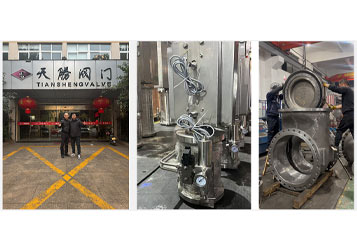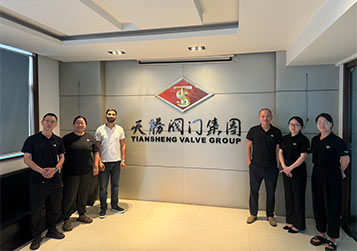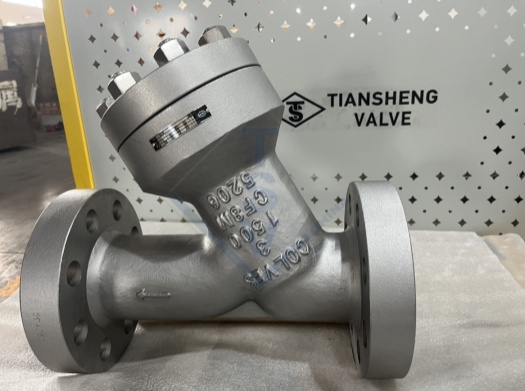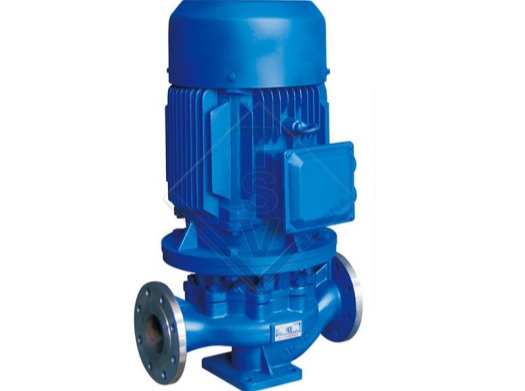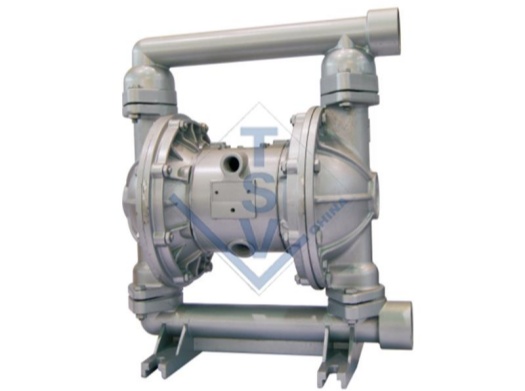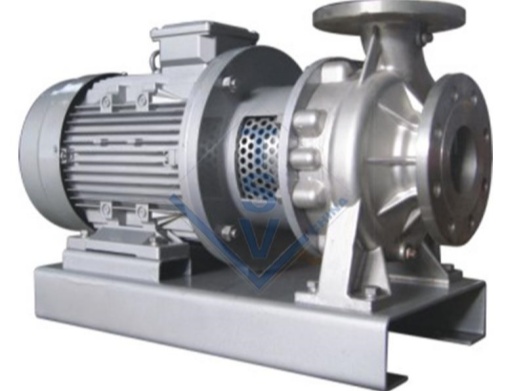In industrial piping systems, valves play a vital role in controlling the flow of fluids. Two common valve types are stainless steel valves and cast steel valves. Although they may appear similar at first glance, there are significant differences between them that make them each suitable for specific applications. The main differences between stainless steel valves and cast steel valves are reflected in Material Composition, Performance Comparison, Common Applications and Maintenance Differences
1. Material Composition
|
Property |
Stainless Steel Valves |
Cast Steel Valves |
|
Primary Alloy |
Chromium (≥10.5%) + Nickel (for austenitic grades) |
Carbon steel + small alloy additions (e.g., Cr, Mo) |
|
Common Grades |
304, 316, 316L (marine/chemical use) |
WCB, WCC, LCB (ASTM A216) |
|
Corrosion Resistance |
Excellent (resists rust, acids, chlorides) |
Moderate (requires coatings/epoxy for corrosion protection) |
|
Temperature Range |
-200°C to +800°C (depends on grade) |
-30°C to +425°C (WCB) |
2. Performance Comparison
A. Corrosion Resistance
Stainless Steel:
Naturally resistant to oxidation, acids, and seawater.
Ideal for chemical, food, marine, and pharmaceutical industries.
Cast Steel:
Prone to rust; requires galvanizing, epoxy coating, or rubber lining.
Used in water, oil, gas, and steam systems (non-corrosive environments).
B. Strength & Durability
Stainless Steel:
High tensile strength but lower impact resistance at cryogenic temps.
Work-hardens under stress (may require special machining).
Cast Steel:
Higher impact resistance (better for high-pressure/temperature steam).
More cost-effective for large-diameter, high-pressure valves.
C. Cost & Machinability
Stainless Steel:
More expensive (due to Ni/Cr content).
Harder to machine (requires carbide tools).
Cast Steel:
Lower material cost.
Easier to cast and machine.
3. Common Applications
|
Application |
Stainless Steel Valve |
Cast Steel Valve |
|
Chemical Processing |
✔️ (Acids, caustics) |
❌ (Unless lined) |
|
Oil & Gas |
✔️ (Offshore, sour gas) |
✔️ (Onshore, sweet service) |
|
Food & Pharma |
✔️ (Hygienic, FDA-compliant) |
❌ |
|
Water Treatment |
✔️ (Chlorinated water) |
✔️ (Coated valves) |
|
High-Temp Steam |
❌ (Limited grades) |
✔️ (WCB handles 425°C+) |
4. Maintenance Differences
Stainless Steel:
Minimal upkeep (no coating needed).
Passivation recommended after welding.
Cast Steel:
Requires regular painting/coating to prevent rust.
More prone to pitting and crevice corrosion.
In summary, the choice of stainless steel valves versus cast steel valves depends on a variety of factors, and by understanding the differences between these two valves, engineers and operators can make an informed decision to choose the valve that best meets their specific needs.



 Apr 17,2025
Apr 17,2025